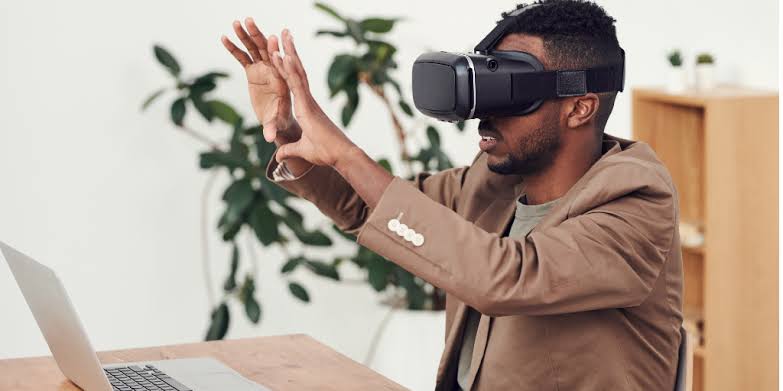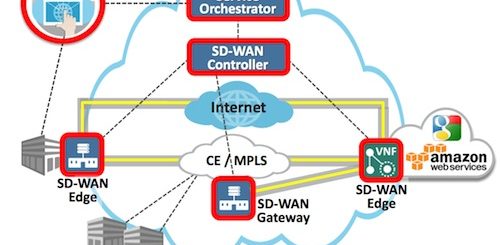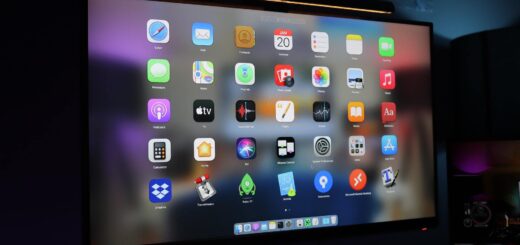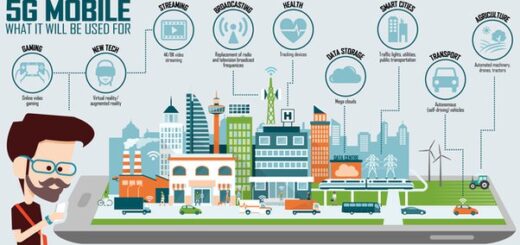How To Build More-Inclusive Technology In Nigeria
What is inclusive technology design?
Inclusive Design is about creating technology from websites to platforms, products and all devices that can be used by everyone. To do so is an opportunity for creativity and innovation

How can you make technology more inclusive?
Ways YOU Can Help Make Tech More Diverse and Inclusive. …
- Create or Get Involved in Community Groups
- Share your Time and Talent
- Lead by Example
- Give Space to All Voices in the Conversation
- Help Spot and Fix Issues in Your Institution.
Our tech tends to reflect the people who create it — their perspectives and experiences shape how products are designed. Inequality and total exclusion are often the unintentional mode of consequences of designers’ decisions.
Organizations, experts, and regulators have worked to make technology more accessible for people with different physical and cognitive abilities; the tech industry has taken meager steps to diversify its workforce. But technology products and services are still largely built by a narrow slice of society.
As digital platforms are driven by AI, mixed reality, and voice interactions increasingly influence society, technologists need to recognize that the problem will only grow more pronounced.
Let us explore actions that any product leader or team can take to create more inclusive products and services.
Design with excluded and diverse communities, not for them
“Empathizing” with user communities to understand their needs and challenges is very much traditionally the first step in design thinking and human-centered product development. Designers and technologists must design with, rather than for people. They should identify and build relationships with people who are traditionally excluded from the product development process. Trust their own life knowledge, lived experiences, and perspectives, and use them to direct the top product strategy and development.
Ideally, a process like this will create a product that allows people to engage with it flexibly— and keep customizing even after a product is launched. Apple’s built-in accessibility feature VoiceOver is a great example of what this can look like. It allows people with different abilities, including those with low vision, to navigate platforms in a way that meets their needs — in this case, through audio narration and Braille output.
Foster belonging through representation
One approach to preventing exclusion at the product level is to use default representations to minimize the impact of stereotypes. Some technologists are also mitigating gender roles and cultural stereotypes in voice technologies: Google Assistant, for instance, labels voice assistants by color (“Purple”) rather than gender.
Product leaders and practitioners must carefully consider representation across all levels of their systems and products. Avoid system defaults that make assumptions about people’s identities or unnecessarily force them to categorize themselves.
Strengthen culture, training, and processes
To build products that serve more people, start by raising questions about gaps in your organization’s composition. If everyone on your team is of the same race, gender, or background, you will get a smaller pocket of innovation compared to the ideas that teams with different perspectives and life experiences would bring.
Diverse teams must also leverage workflows and tools that intentionally consider inclusion.
Normalize inclusion in product design
People usually do not like to stand out. Research shows that people and organizations will alter their behaviors to fit in with what is seen as the norm. Positioning inclusion as a mainstream practice or organizational value could drive change and deepen employees’ commitments to their organizations.
If you define success by every person’s ability to access and use your product in the ways that work best for them, that’s what you’ll scale. Product leaders and practitioners should consistently share best practices and align their work with inclusive outcomes such as dignity and accessibility as they create and apply design systems.
Wrapping Up
As Melinda Gates once wrote, “Most of us fall into one of the same three groups: the people who try to create outsiders, the people who are made to feel like outsiders, and the people who stand by and don’t stop it.” Everyone involved in product development needs to take all and full responsibility for creating inclusive technology.

In what other ways can more inclusive design improve our lives?
Accessibility through inclusive design improves application usability. Even if it’s not the intention, accessible software applications become inherently more user-friendly. All users have options that they prefer within any software; increasing those options to boost accessibility improves the user experience.
What is an example of inclusive design?
Inclusive design looks for solutions that fit everyone. For example, instead of a building entrance with narrow stairs and a narrow wheelchair ramp, the entire entrance may be a slope that is attractive, barrier-free and minimalistic.
What is good inclusive design?
Inclusive design describes methodologies to create products that understand and enable people of all backgrounds and abilities. Inclusive design may address accessibility, age, culture, economic situation, education, gender, geographic location, language, and race.
How do you design technology?
Steps of the technological design process include: identify a problem, research the problem, generate possible solutions, select the best solution, create a model, test the model, refine and retest the model as needed, and communicate the final solution.
What are technology products?
Technological products are material objects that have been designed by people and developed through technological practice to serve particular functions. A crucial relationship between the (chemical) composition and structure of the materials used and their performance properties exists in every technological product.
What do you mean by technology accessible?
According to the Partnership on Employment & Accessible Technology (PEAT), “accessibility means that everyone can use the exact same technology as anyone else—regardless of whether they can manipulate a mouse, how much vision they have, how many colors they can see, how much they can hear or how they process.
Why is there a lack of diversity in tech?
“A lack of role models is one of the reasons there is still a lack of diversity in tech. Positive role models are needed to reach and inspire young people in underrepresented groups from an early age, so they are aware of tech as real option for their futures and understand what their opportunities are.


